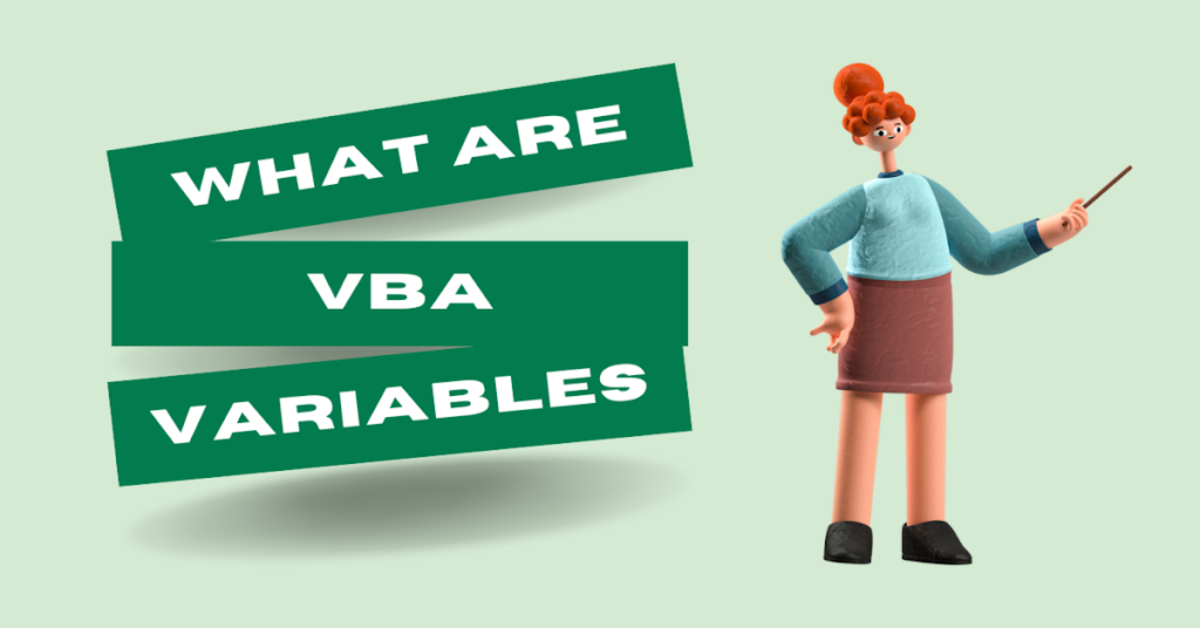How to Connect Excel to SQL Server Using VBA. When your database needs are simple, Excel can serve admirably. You can create numerous sheets in your worksheet and store different data types. There are instances when a relational database management system (RDBMS) like SQL Server is necessary. This method is not simple but you may need this strategy
Why Do We Need to Connect Excel to SQL Server Using VBA
You must collaborate on an interactive report drawn from SQL Server data in Excel. VBA ensures that everyone who receives the file can access the information without additional software or configuration. You only need to write the report’s code once for it to be easily executable by others, without the need for them to worry about possible dependency errors.
- VBA ensures that everyone who receives the file can access the information without additional software or configuration. You only need to write the report’s code once for it to be easily executable by others, without the need for them to worry about possible dependency errors.
- The process is accurate, compatible, convenient and quick with more data security.
- Microsoft Excel can be a valuable and effective tool when evaluating SQL data. It is possible to set up a connection in Excel to directly link to a specific database that has been filtered according to your specifications. Because of this, you can generate pivot tables, report SQL data, and attach a data table to Excel.
- Despite being visually accessible, Excel cannot hold more than one million lines of data, and the tool begins to slow down long before reaching that many lines of data. On the other hand, SQL can easily manage over one million fields of data. In addition, SQL queries offer greater flexibility and power.
- Using VBA, you can better manipulate, pull, filter, update, and combine SQL data.
Steps to Connect Excel to SQL Server Using VBA
Step 1- Make a Database Table in SQL server
You’ll need SQL Server (any version) installed on your computer to work with the example.
Step 2- Make a table with a few rows.
Step 3- Add some ActiveX controls—a button and a combo box—into a sheet.
Step 4- Add an ActiveX Data Object (ADO) Reference before writing code. It will supply the classes, properties, and methods required to link items in the database.
Step 5- Select References from the Tools menu to include a citation in your work. Look for the Microsoft ActiveX Data Objects 6.1 Library in the list of cited works. Just hit the “OK” button.
Step 6- Open the Project Explorer and right-click the project to introduce a module. The Module includes ADO classes and properties-based database connection techniques.
Step 7- Click Sheet1 twice in the Project Explorer to enter the following code.
Example:
| Sub ADODB_ConnWithMYSQLyogCommunity64()
Dim db As ADODB.Connection Dim rs As ADODB.Recordset Set db = New ADODB.Connection db.Open “DRIVER={MySQL ODBC 5.1 Driver};” & _ “SERVER=localhost;” & _ “DATABASE=test;” & _ “USER=root;” & _ “PASSWORD=;” & _ “Option=3” Set rs = db.Execute(“Select * from account”) For i = 0 To rs.Fields.Count – 1 MsgBox rs.Fields(i).Name Next i End Sub |
Conclusion
It doesn’t appear very easy and opens up many options for automating data from sources other than Excel workbooks. VBA and complicated SQL queries can create massive data tools. Connecting to the source is simpler than transferring data to Excel and starting the macro. Moreover, it accelerates work.
